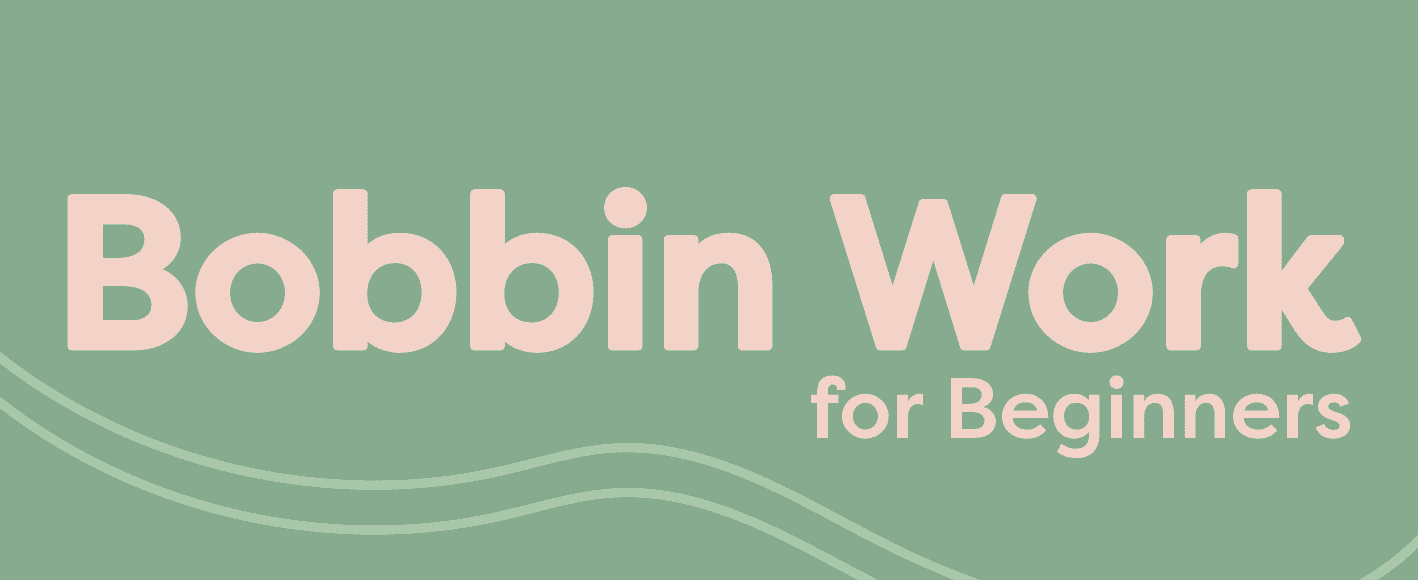Bobbin work is one of the clever techniques to use heavy weight threads in your sewing machine that won’t fit through the eye of the needle. By filling your decorative thread in the bobbin and sewing upside down, you can achieve a multitude of results from this simple method. In this blog we will be demonstrating bobbin work using Razzle™ and Dazzle™ 8wt rayon and rayon + metallic threads, with our super strong DecoBob™ 80wt in the top.
Want to do some bobbin work with us? Check out our YouTube video here!
This is an embellishing technique for using heavy threads that are too thick to go through your needle, and adds a lot of texture and emphasis to any sewing project. It’s easy enough for even beginner sewers and only requires a little preparation.
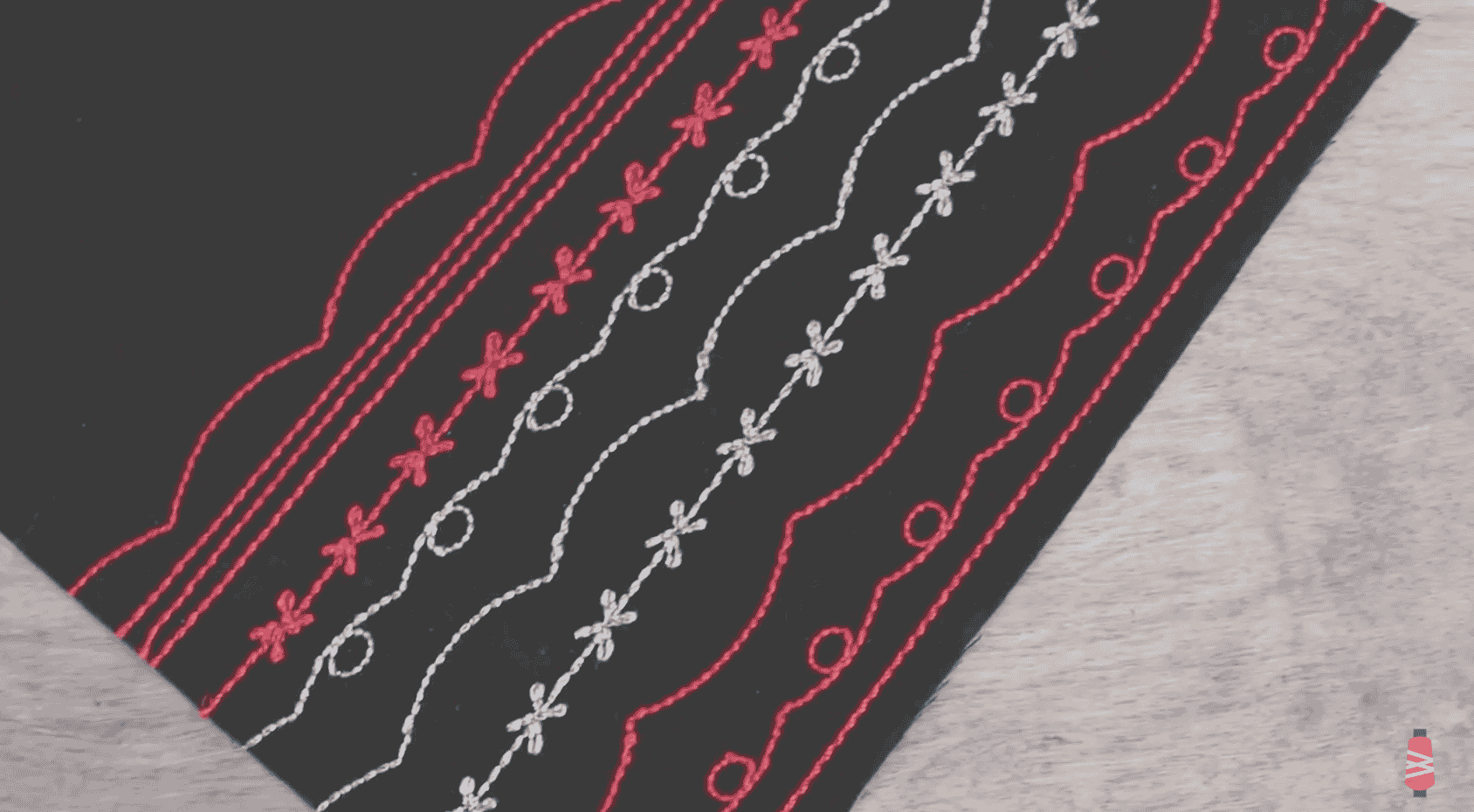
You’ll need the help of a bobbin case and start by loosening the tension on it. For a quick tutorial on how to do this, check out our video on adjusting bobbin tension By doing this, you’ll allow the heavier thread to pull through easier. You can find our video on how to adjust bobbin tension here: https://www.youtube.com/watch?v=5X1g8-FdLHU
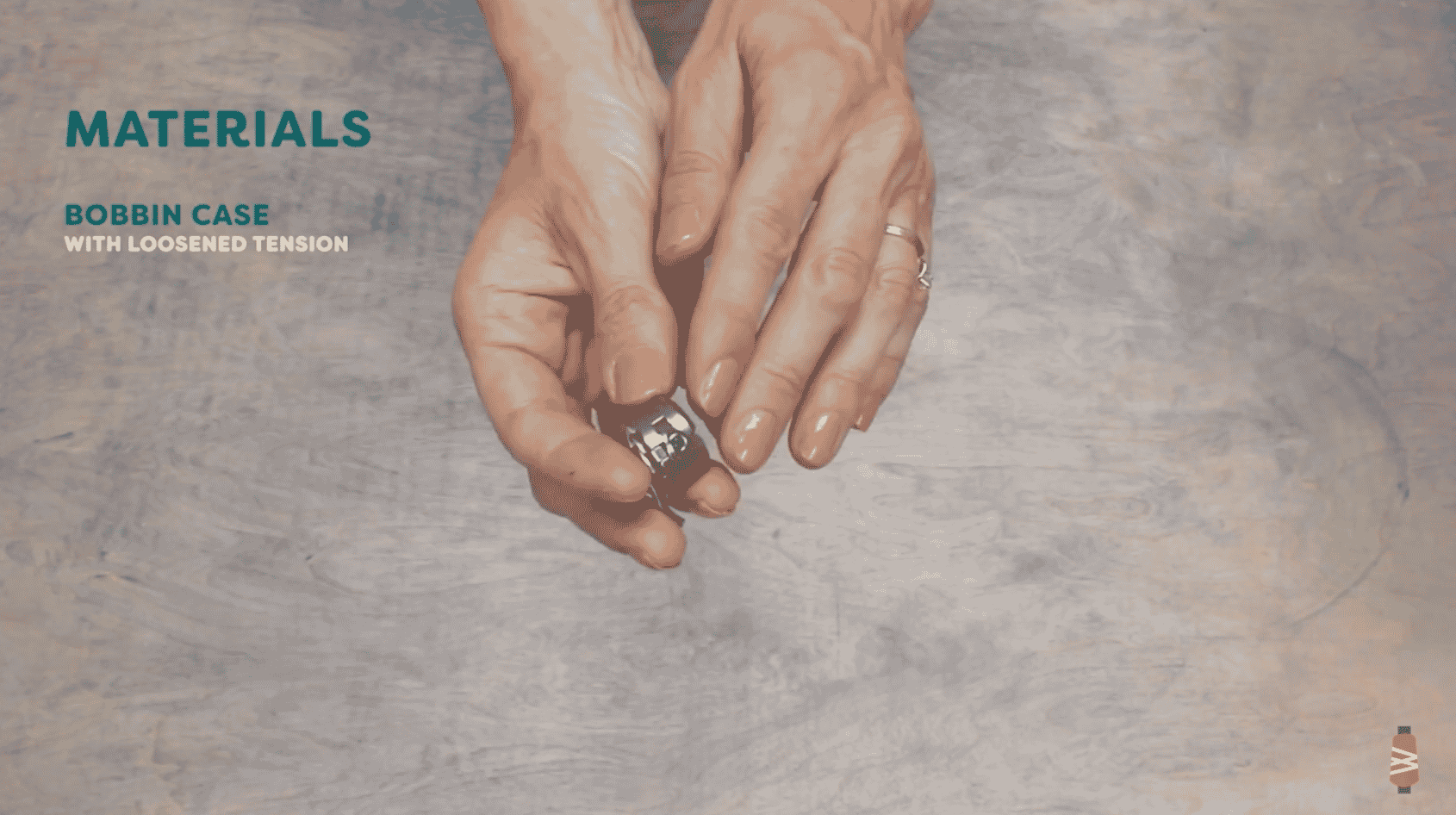
Since we will be using a simple straight stitch, an all-purpose sewing foot is just fine. However, if you plan on doing free motion stitching, we recommend a darning foot, and if you wish to use programmed stitches, you can use an embroidery foot instead.
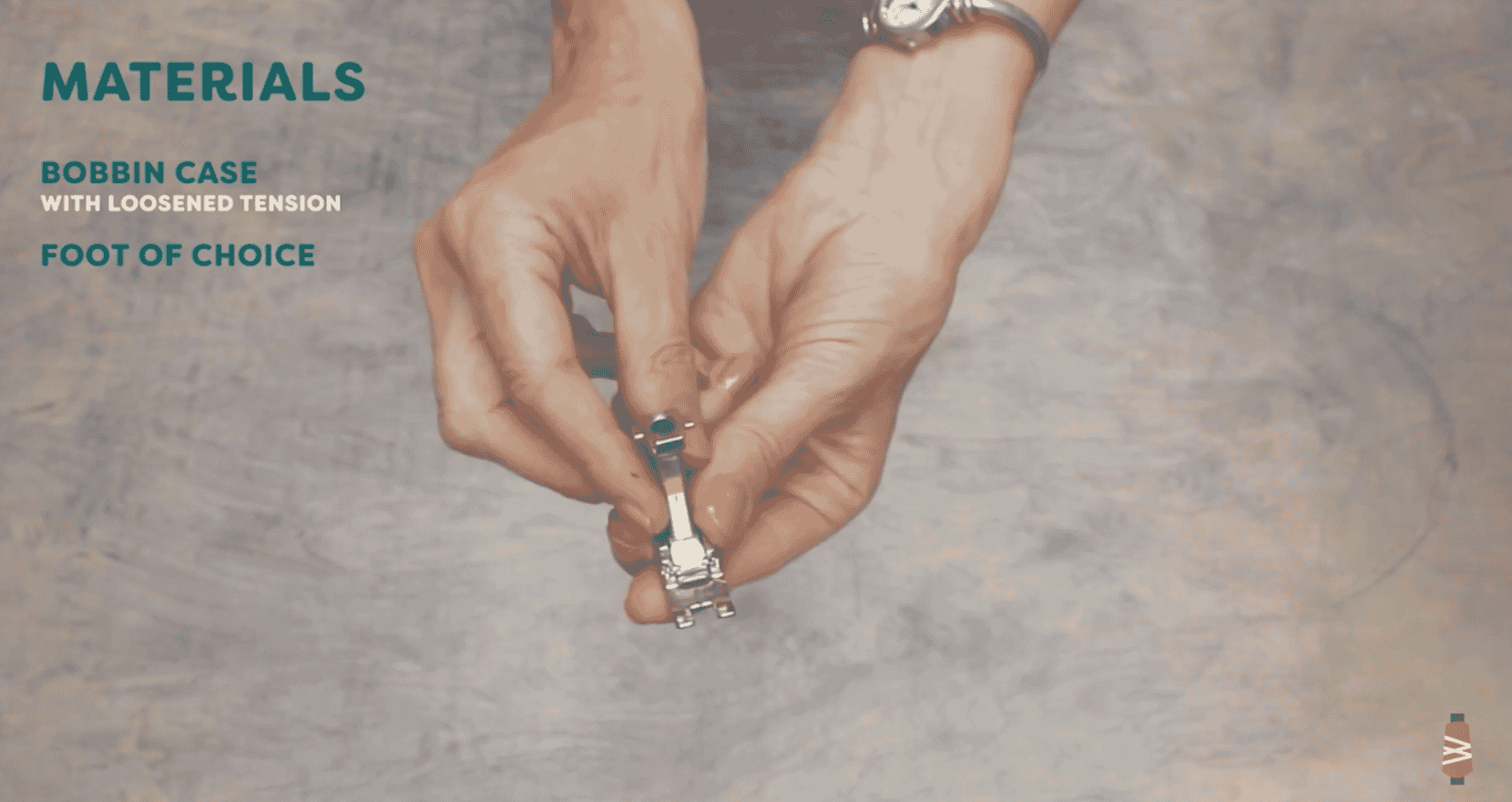
Because we’re using 80wt DecoBob™ thread in the top, we recommend using an 80/12 or 90/14 topstitch needle, or a 70/10 or 80/12 microtex needle. As this thread is very fine, a smaller needle is recommended. We love using DecoBob™ for this technique because it greatly reduces the bulk in your stitching and hides better in the fabric. You can find DecoBob™ in a store near you, or in our online shop when you visit: https://shopwonderfil.ca/product-category/decobob/
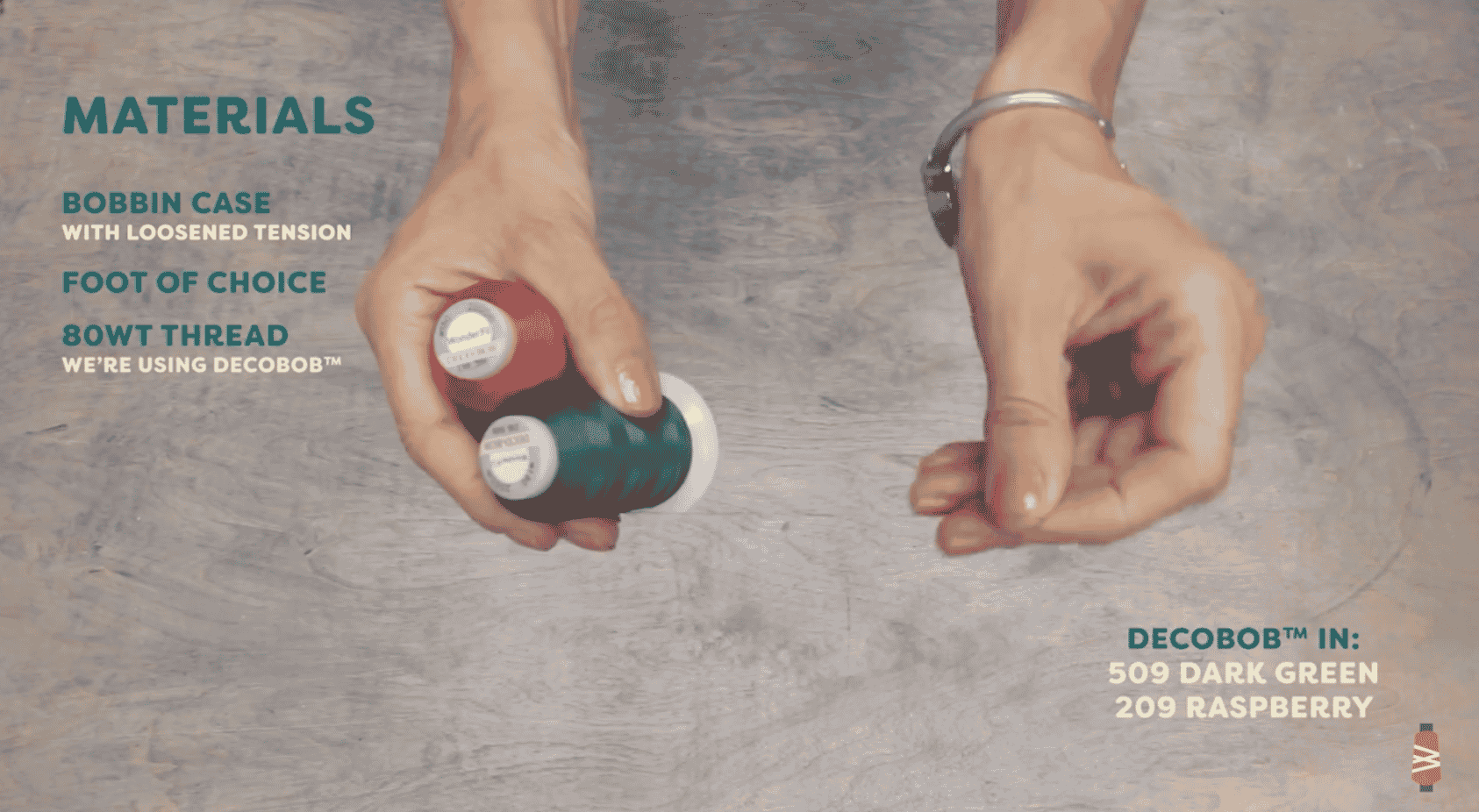
The other thread you’ll need is the heavy thread going into your bobbin. Our favorite choices are Razzle™, an 8wt rayon thread with a beautiful shine, Dazzle™, which is similar but with one strand of metallic woven through to add that beautiful little touch of sparkle.
You can find Razzle™ in a store near you, or in our online shop when you visit: https://shopwonderfil.ca/product-category/razzle/
You can find Dazzle™ in a store near you, or in our online shop when you visit: https://shopwonderfil.ca/product-category/dazzle/
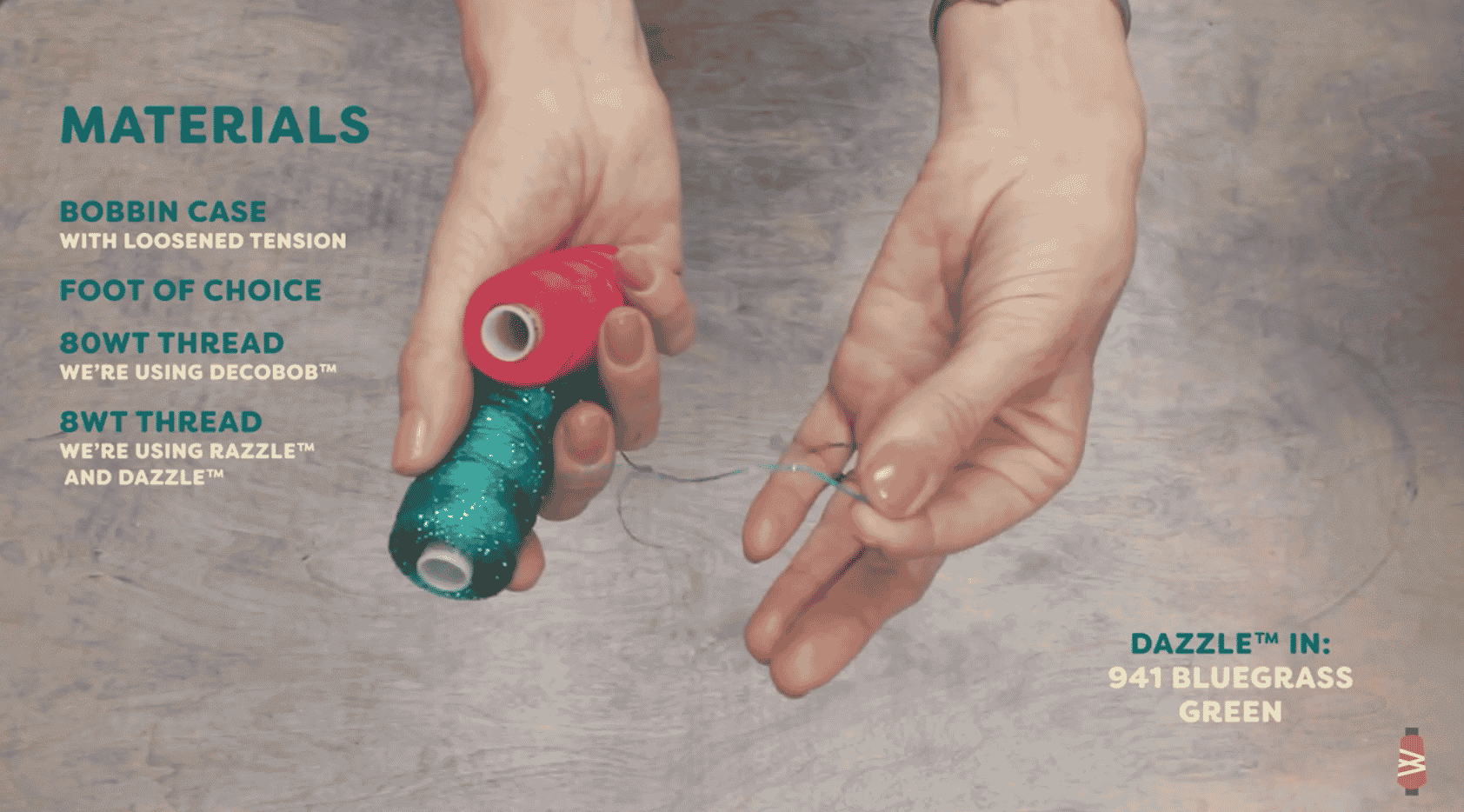
Rather than just filling one bobbin, we recommend that you keep a few on hand since you likely don’t want to refill them in the middle of the project. You can wind it by hand or use your automatic bobbin winder on low speed. We’ve pre-filled ours with Razzle™ and Dazzle™.
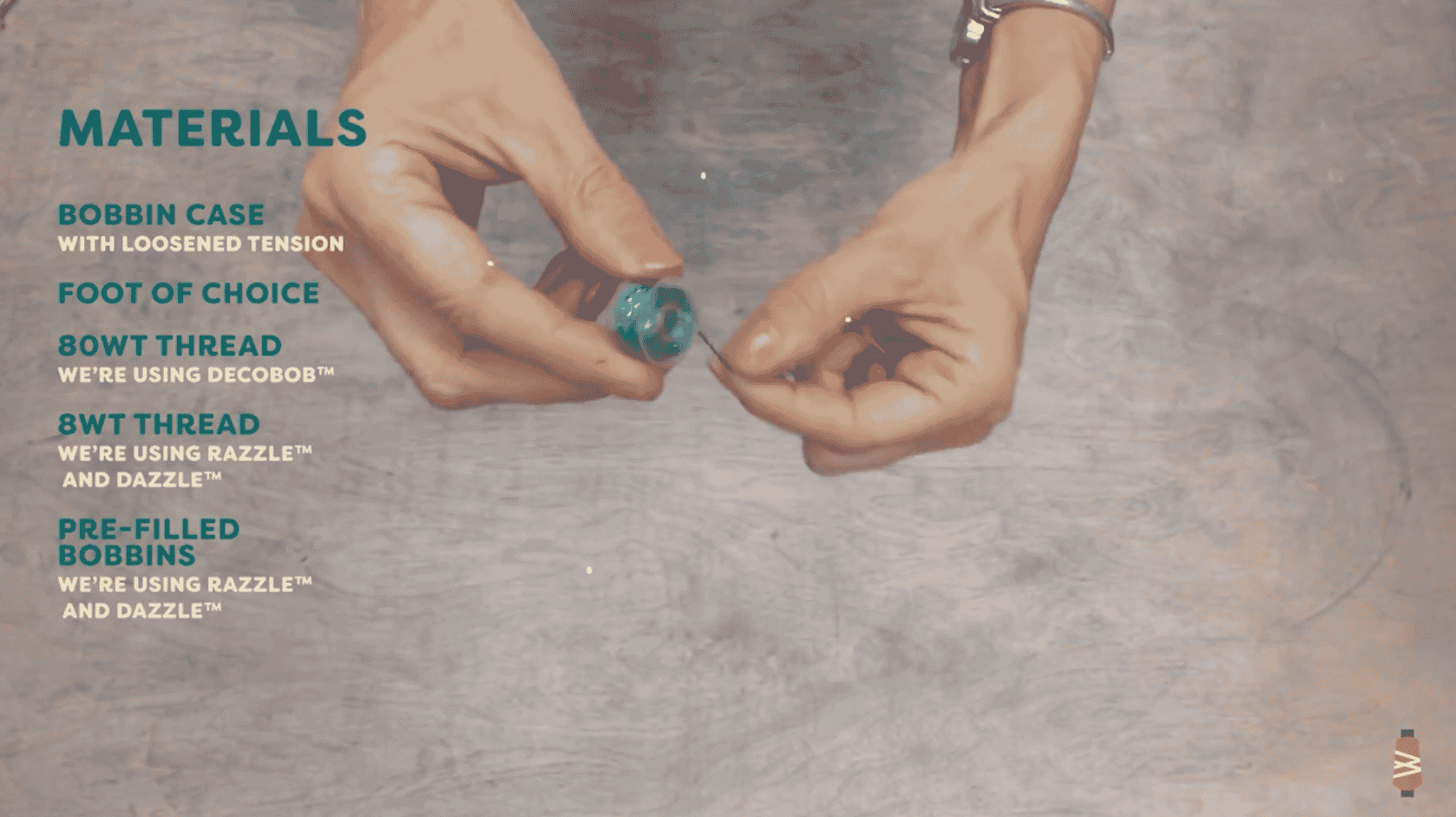
Finally, you’ll want the fabric you want to do your bobbin work on. We’ve gone ahead and used the 80wt DecoBob™ thread to trace our design on the backside to make it easier. Because the thread is so fine, it will easily be covered up by the thicker thread. You can also use a chalk pencil or other disappearing sewing marker tool instead. If your fabric isn’t very thick, use stabilizer to reinforce it.
You can find a tear away stabilizer at your local craft or sewing shop, or online here: https://amzn.to/3u2GSVf
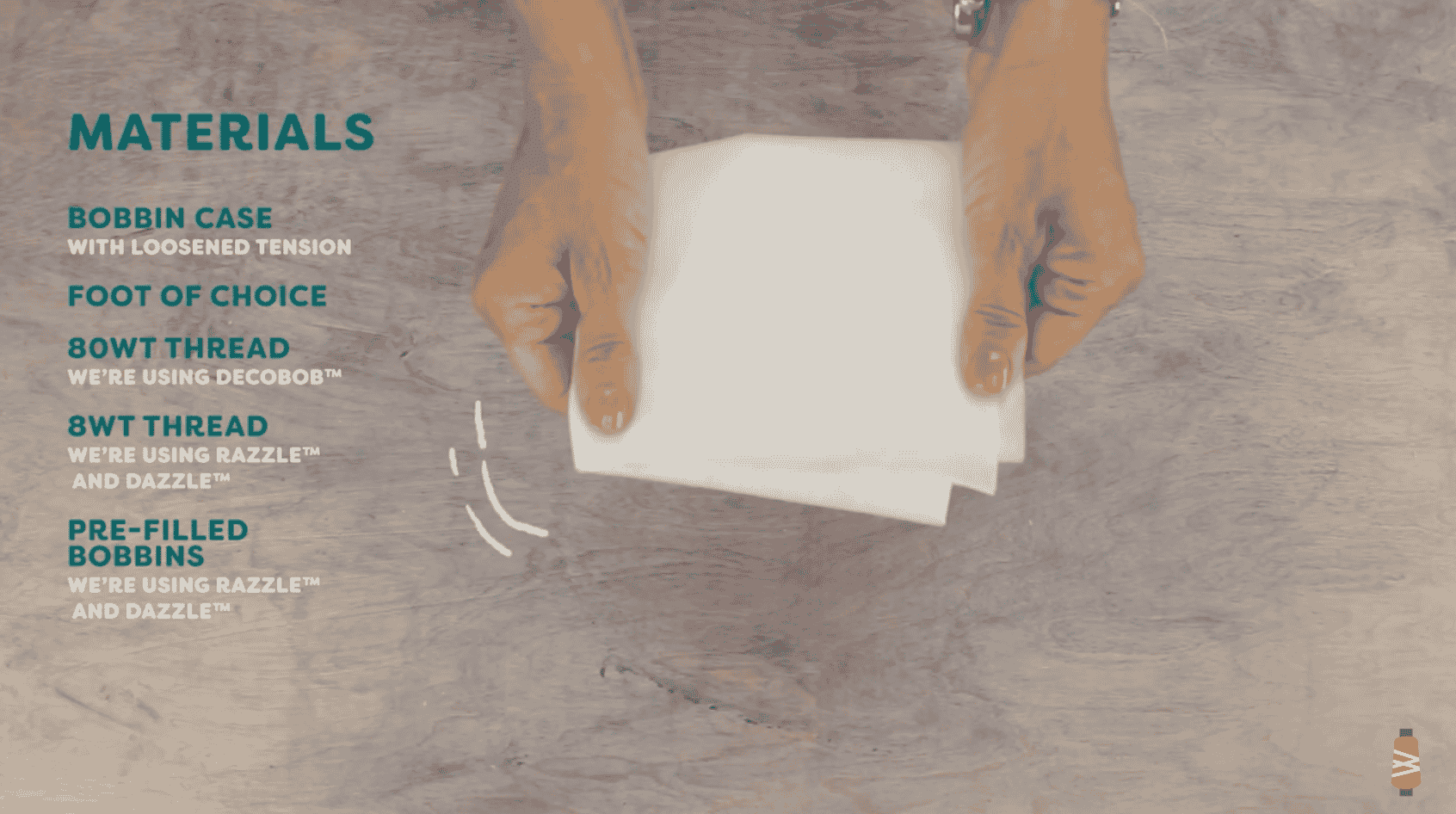
Now to begin, we’re going to do some test stitches to make sure the tension is right. We’ll be using a simple straight stitch, but you can also choose other utility stitches, and even decorative stitches. Just avoid compressed stitches like the satin stitch since the thread would be too thick for that stitch. We highly recommend making your stitch length a bit when doing bobbin work.
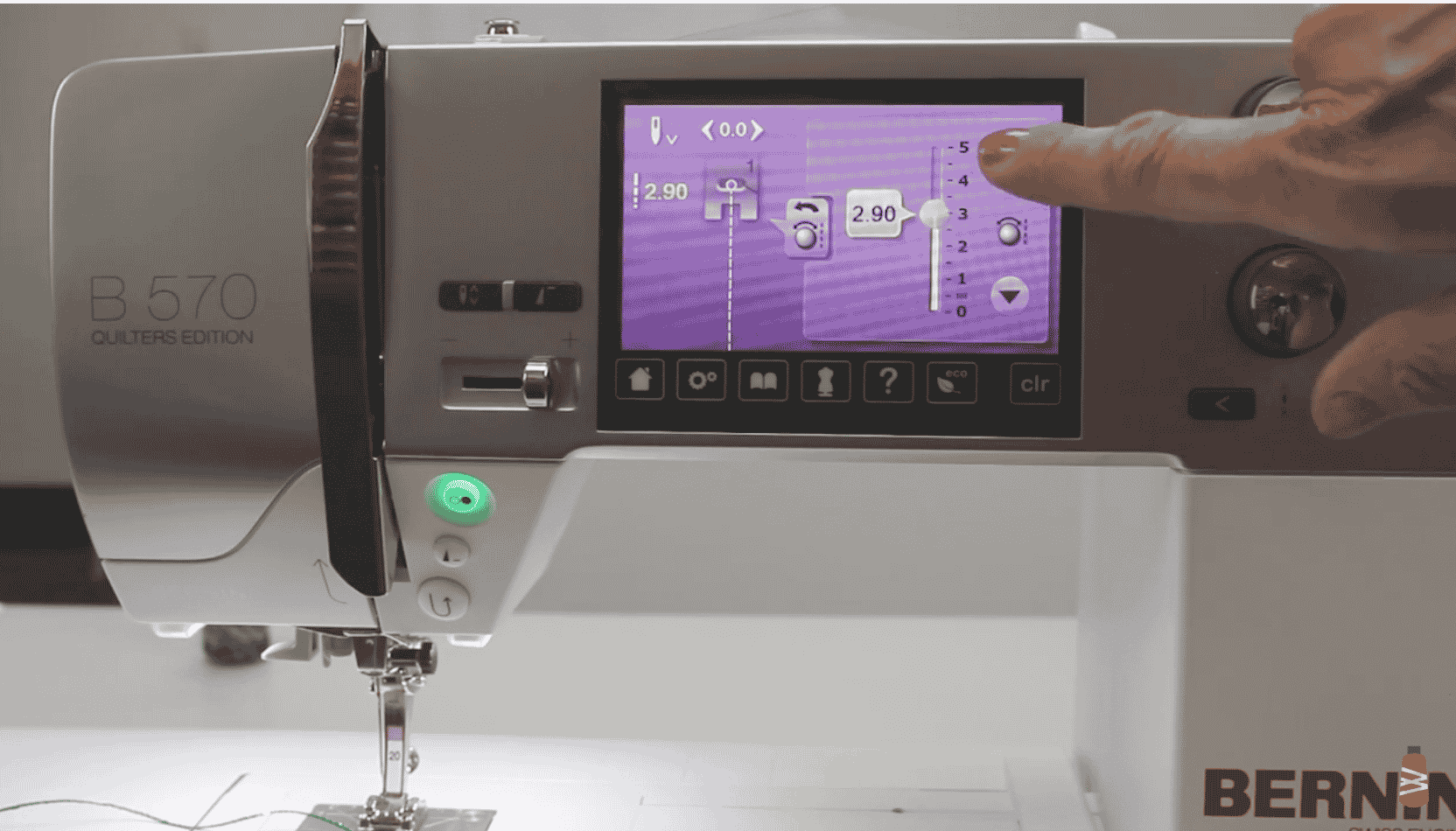
If you notice your top thread showing too much, you may need to tighten your needle tension. If your thread is puckering into the fabric, it means you need to loosen it a little more.
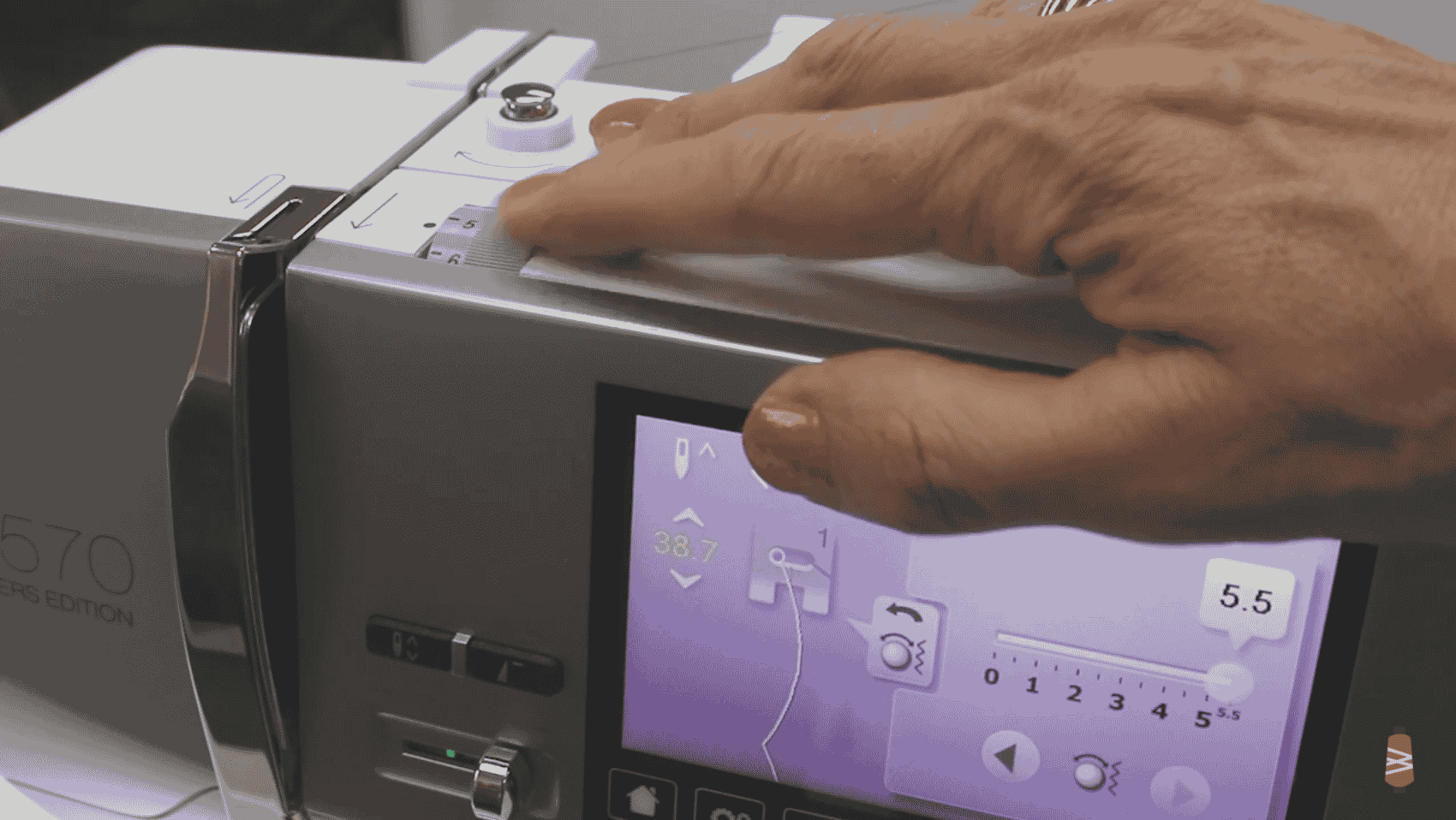
And don’t forget to place the fabric wrong size up so that the bobbin thread is being stitched onto the right side of the fabric.
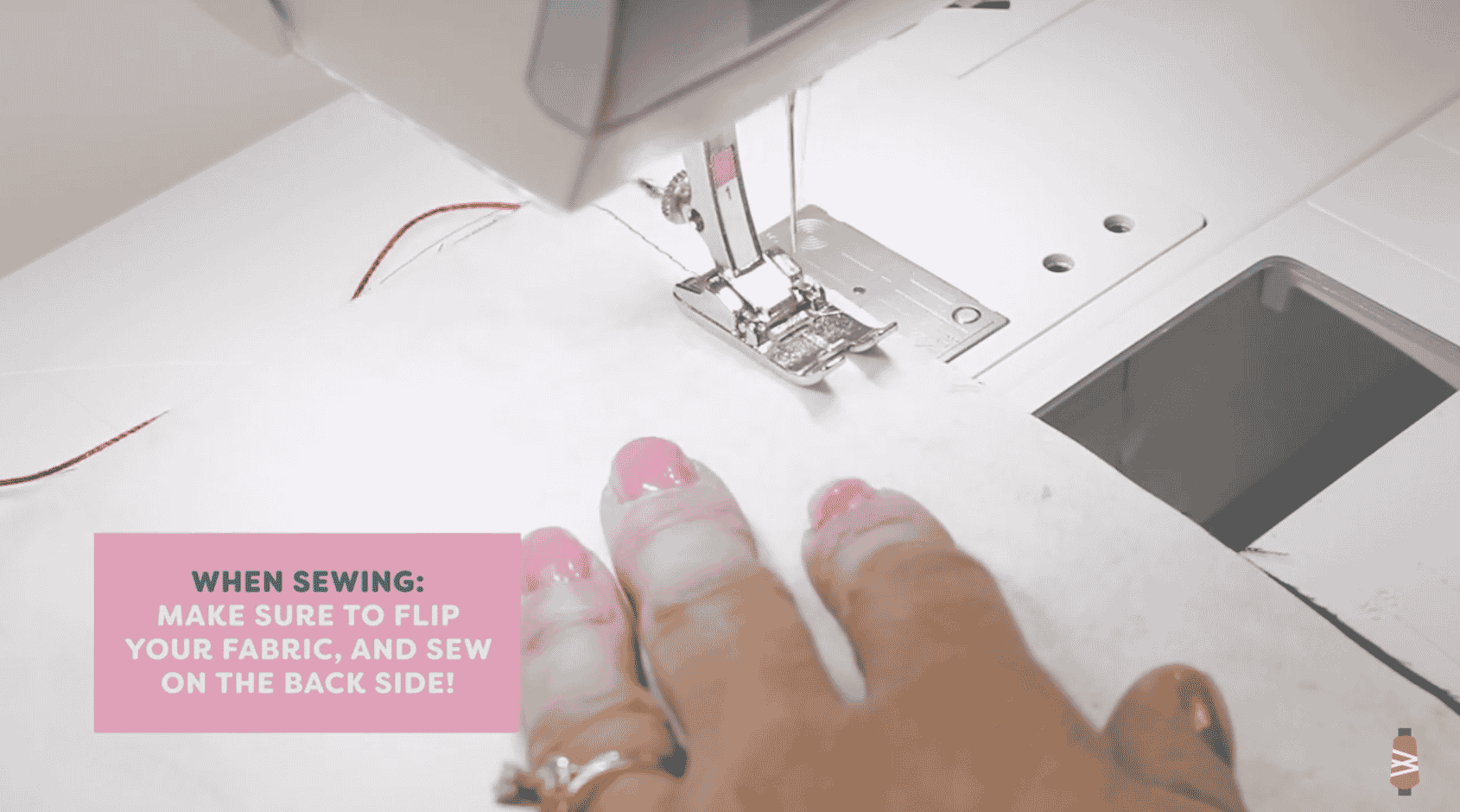
On you know your tension is just right after doing a few straight stitches to test it, you can try your hand at some decorative stitches to see what ones you like best for your project!
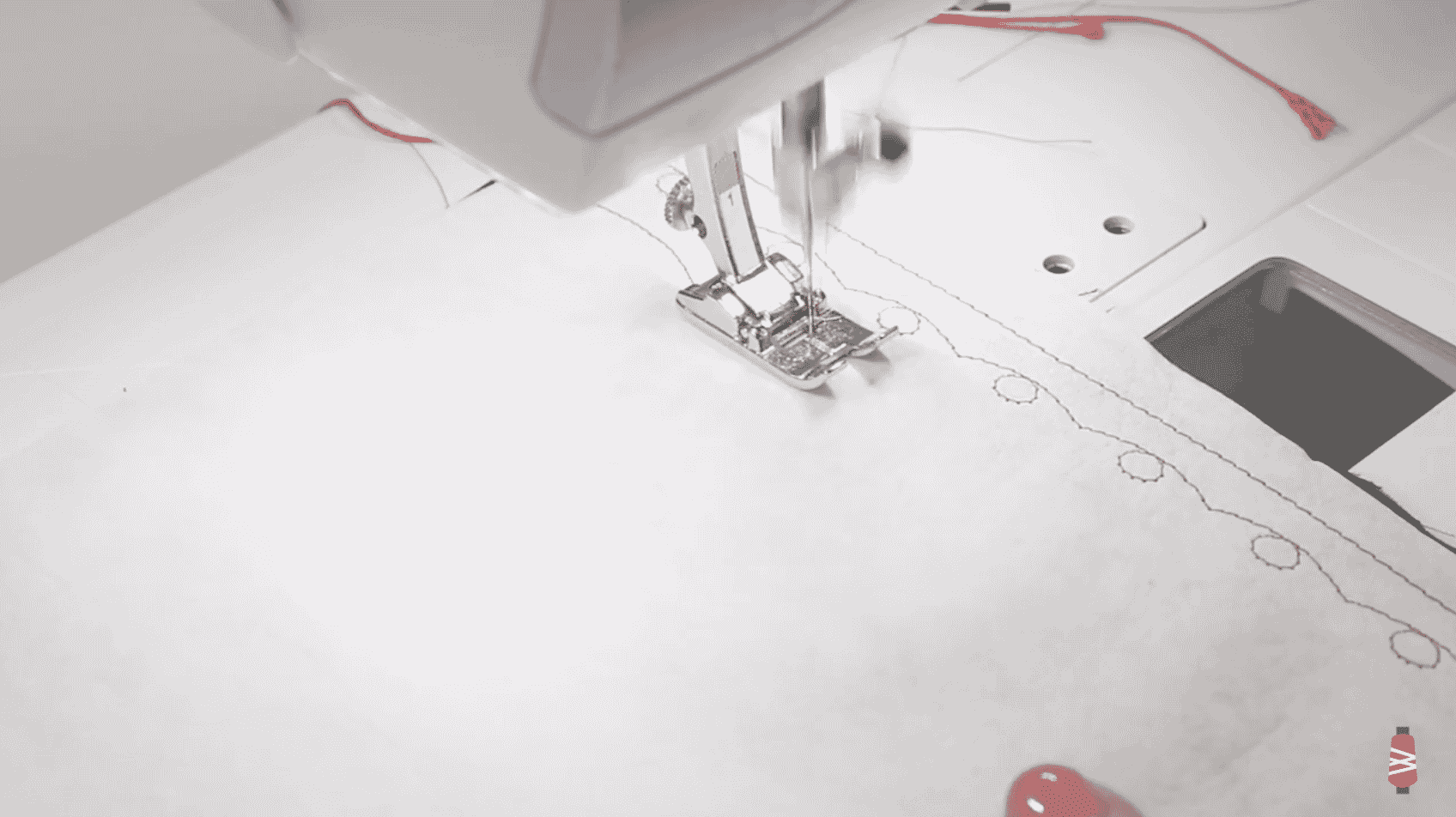
Bobbin work is a versatile technique you can use for anything from free motion quilting to decorative stitching, making embellishments, or doing anything with a heavy thread that won’t fit through the needle. These bold threads are great for creating texture and emphasizing a special feature in your project. The possibilities really are endless!
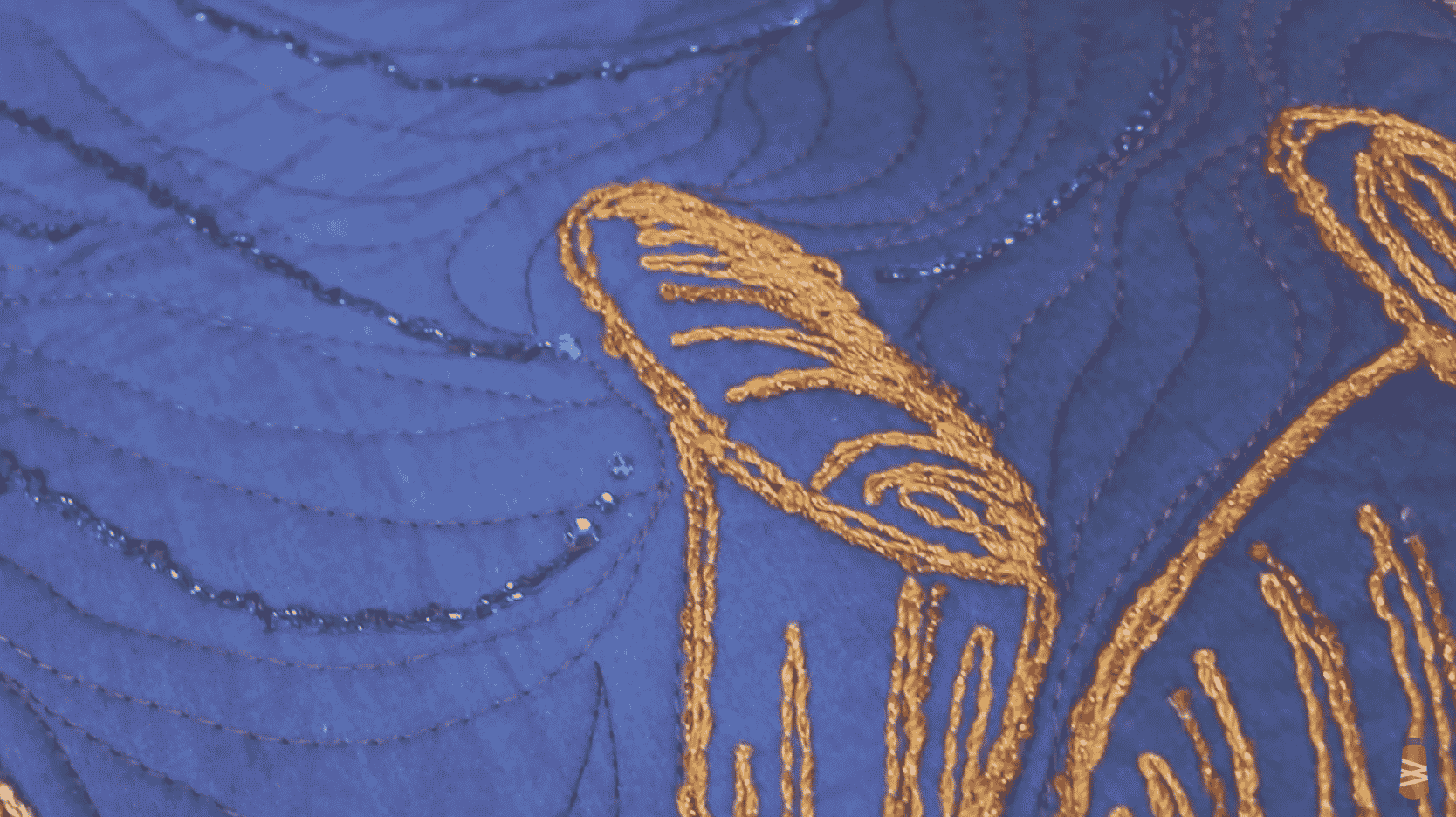
Check that out! You can see how much more a thick thread will stand out, which is one of the reasons why we love using this technique.
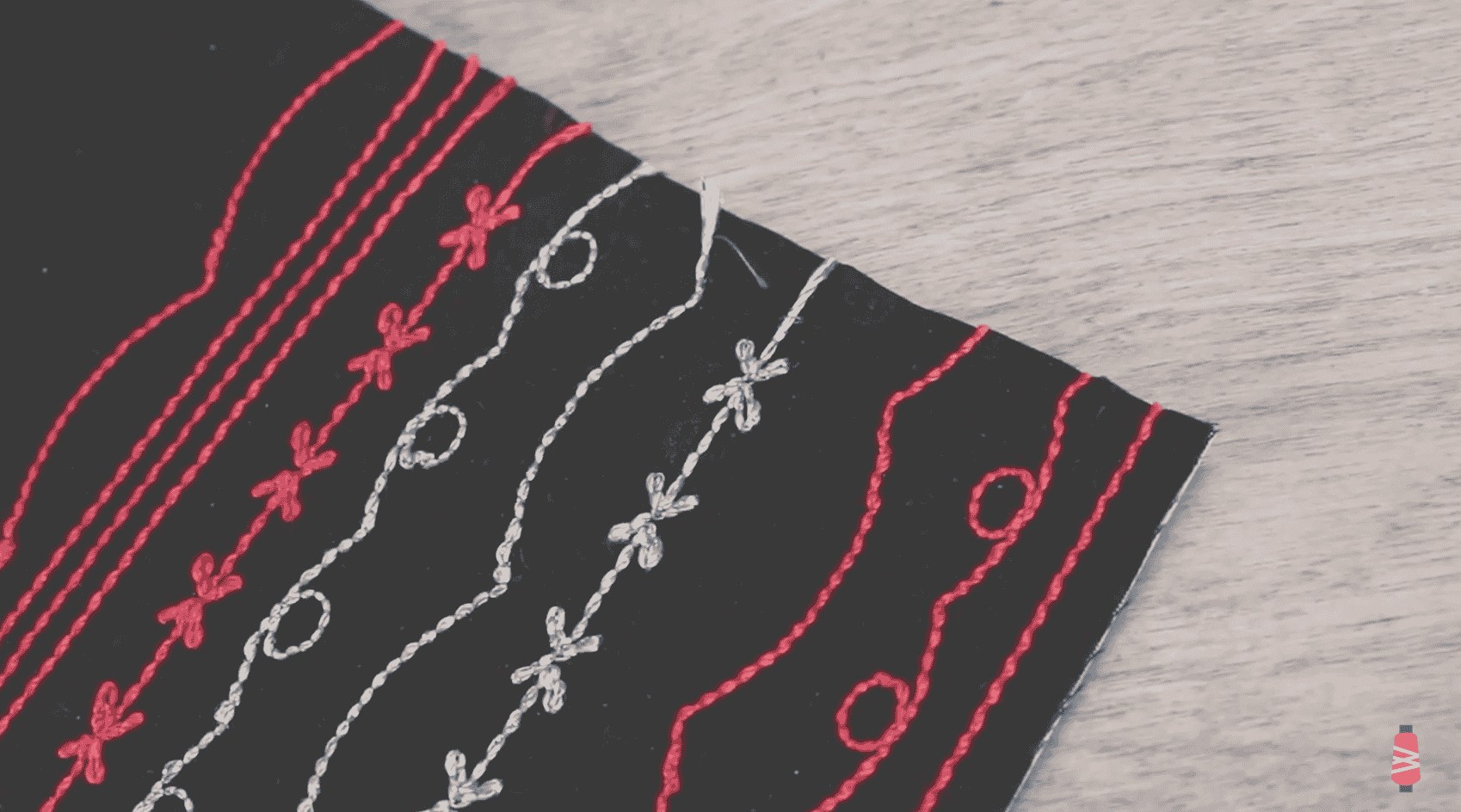
Look how simple and beautiful that is! For those of you who never knew how to use 8wt threads in the machine, this is a great way to try them out. Thicker thread weights can add a whole new dimension to your project, and allow for more versatility in your stitching. So get stitching and try a new technique or thread weight you have never tried before! Hopefully this tutorial has taken away the unknown of stitching with a larger thread weight.
We hope you enjoyed this blog! If you liked this blog, and would like to read more about topics like this you can comment below to ask questions or make other suggestions. If you’re going to be using the threads we mentioned in this blog for your next project, be sure to tag us on social media using the hashtag #wonderfil so that we can share your wonderful creations! You can find the threads mentioned in this blog and more by visiting www.shopwonderfil.ca. You can also sign up for our free newsletter to receive more educational sewing tips, tutorials, and free patterns. Register by clicking here! We’ll see you again next time!

